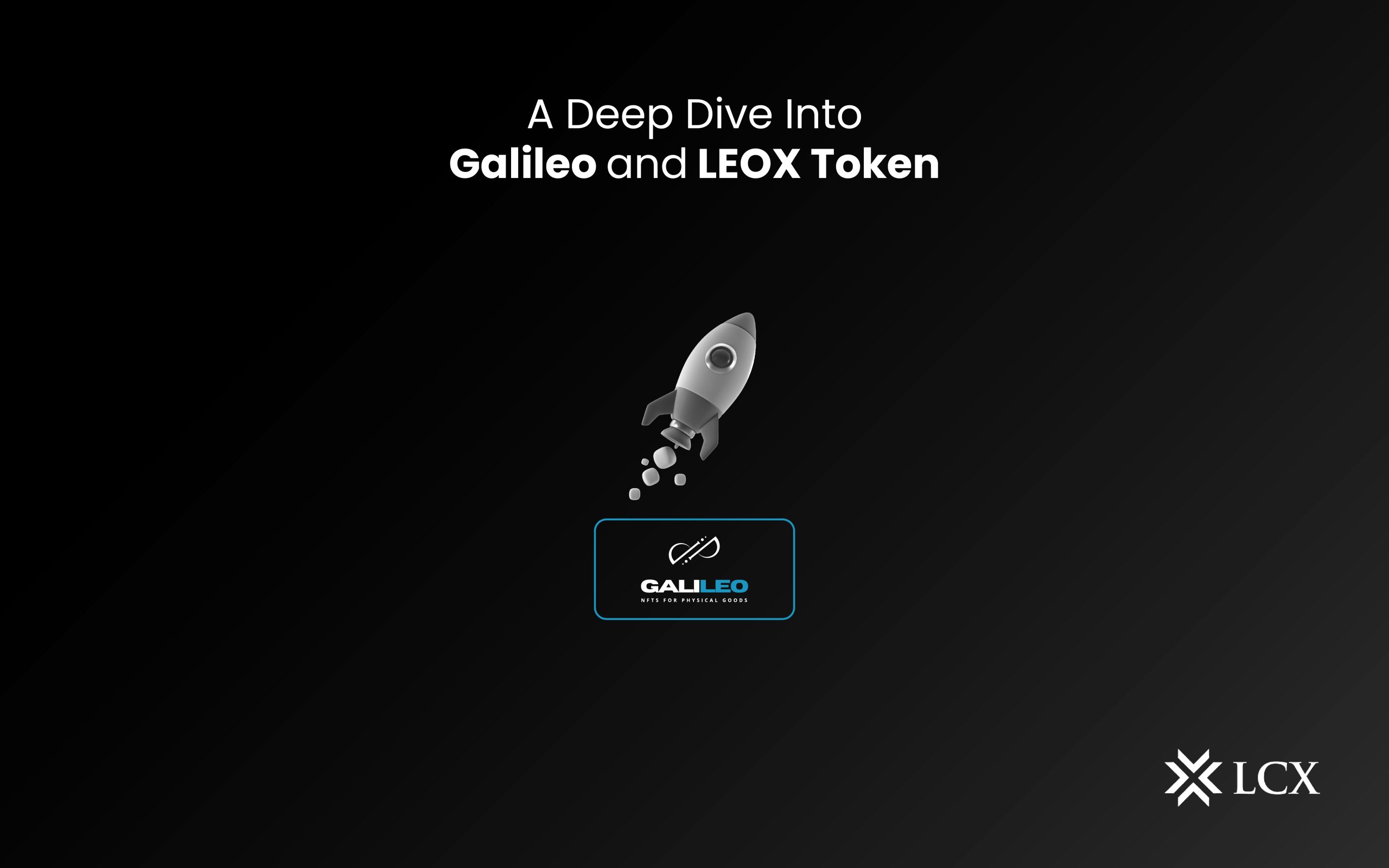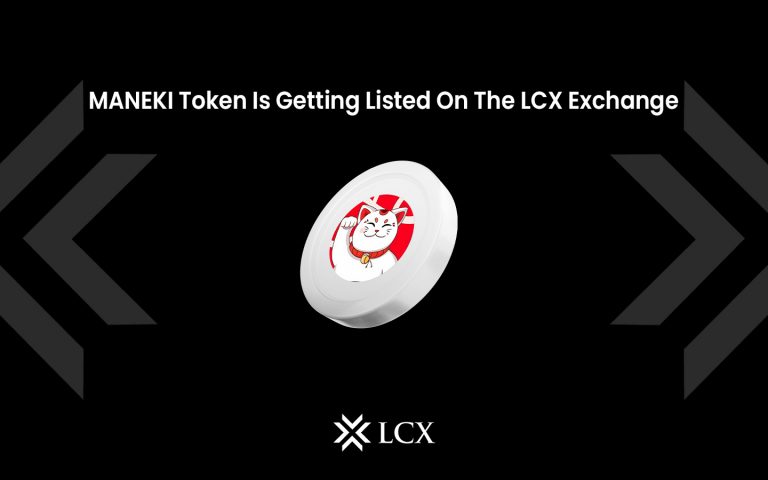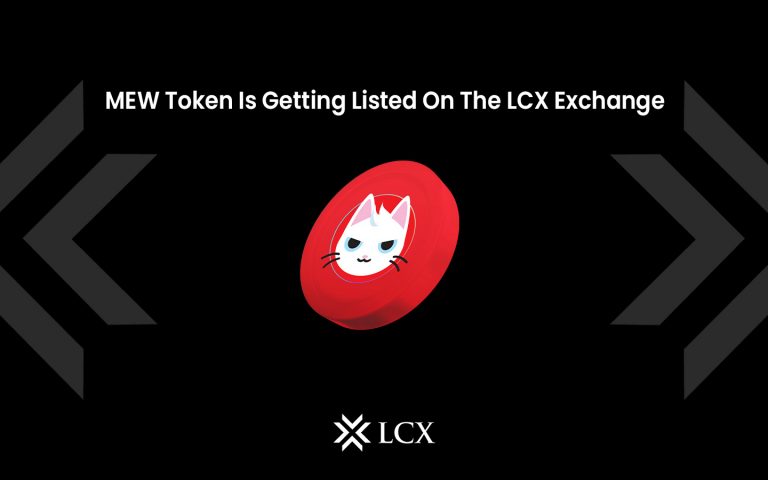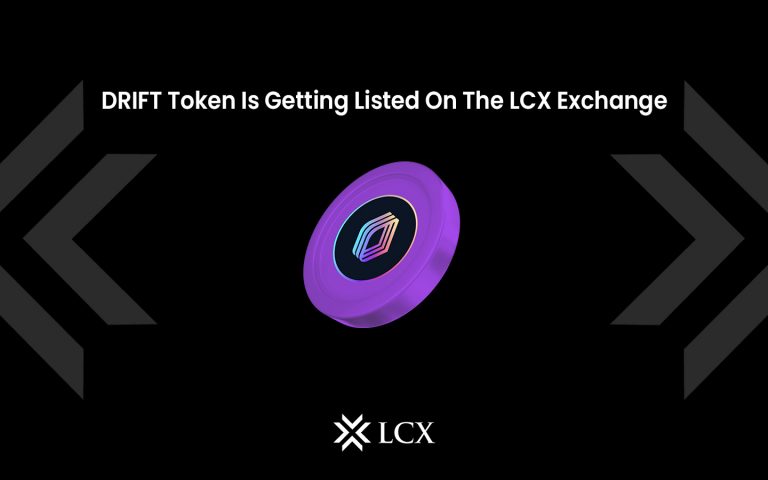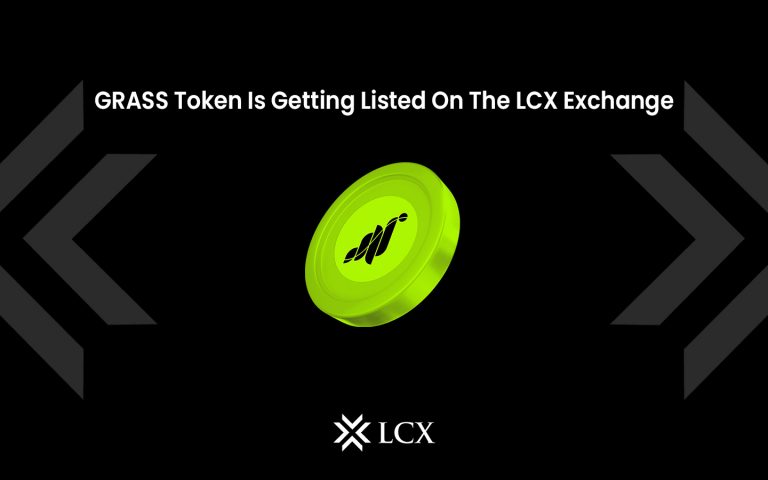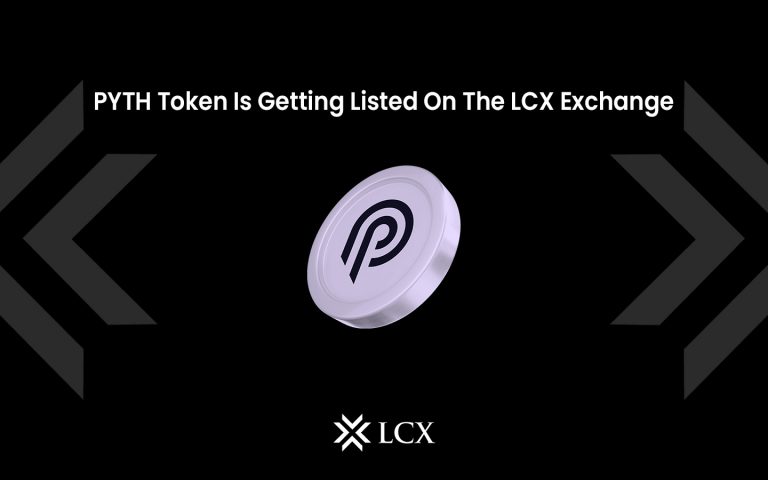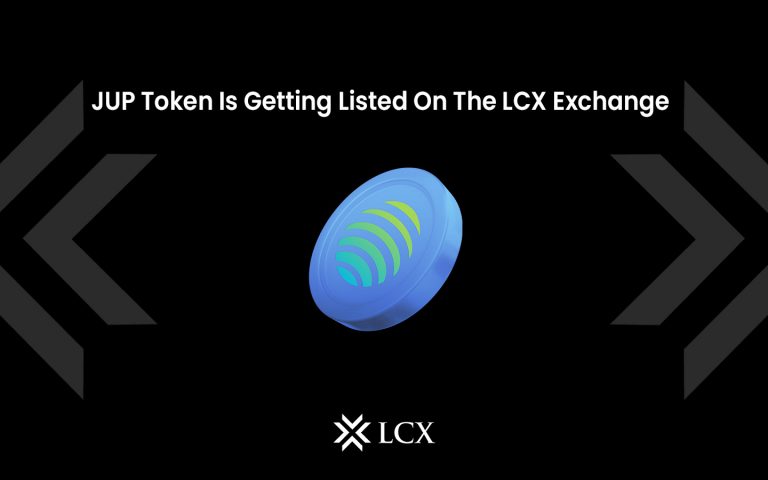LCX is pleased to announce our next launchpad project, Galileo, a Web3 protocol designed to build the infrastructure layer in the omniverse to connect digital and physical assets on the blockchain through Web 3.0 tokenization service. Galileo Protocol is developing on Quant’s Overledger Network, and LEOX token is using the QRC-20 secure smart contract capabilities. QRC-20 secure smart contracts have significant advantages over an ad hoc approach, including ease of deployment and interoperability.
Their official token is LEOX, which goes by the ticker LEOX, and is designed to incentivize all key stakeholders within the network. The Galileo Protocol allows the creation of “pNFTs” (physical NFTs) to encrypt, store, and transfer data securely. It also enables safely and efficiently trading PNFTs.
We are happy to announce both their token sale and our role as the official token issuer for Galileo Protocol.
Let’s dive deeper into the world of pNFTs with Galileo Protocol.
Join the $LEOX Token Sale
SIGN UPGalileo Protocol $LEOX: All You Need to Know
The Galileo protocol introduces NFTs for physical assets as a web3.0 tokenization service. This protocol allows the creation of “pNFTs” (physical NFTs) to encrypt, store and transfer data securely. These pNFTs consist of physical and authenticated assets issued on multiple chains (e.g. Ethereum, Polygon, Binance Smart Chain, XDC Network). Their official token is $LEOX, which is designed as a means of exchange for minting, paying transaction fees within the protocol, and royalties when needed.
The most significant advantage of creating NFTs of physical assets is that they can be used to demonstrate the authenticity and ownership of underlying assets. In a world where the counterfeiting business is valued at more than $500 billion, certified and authenticated assets are much desired. Galileo’s pNFTs provide a valuable tool for buyers and sellers to establish that authenticity. The pNFT holder is registered as the legal owner of the physical asset on the blockchain, and they are the only party allowed to transfer or sell it on (traditional) markets.
Galileo Protocol is a peer-to-peer community platform allowing brands, owners, and customers to discover, browse, purchase, and create NFTs tied to physical assets. Galileo App is a new web3 marketplace protocol designed for safely and efficiently trading PNFTs.
The Galileo protocol is being built on top of Quant Network as it supports the development of multi-chain applications (mApps), connecting and enabling communication between different blockchains. To enable communication between different blockchains, the Galileo protocol is built on top of Quant Network, which enables the development of multichain applications (mApps). Levering Quant’s network, Galileo Protocol aims to provide frictionless trading and a secure transaction method without needing a third-party intermediary.
Advantages of Galileo Protocol for Users, Investors, and Owners
Access to financial services: Traditional financial services (such as lending, borrowing, and saving) are not available to everyone. Galileo enables seamless access to decentralized financial services; you only need an Internet connection, a cryptocurrency wallet, and the Galileo protocol to start investing with Galileo.
P2P network Galileo Protocol facilitates direct value transfers and transactions between individuals and businesses. The use of intermediary banking or payment systems is not required.
Security: The Galileo system uses a know-your-customer (KYC) standard to protect users and financial institutions from fraud, counterfeiting, bribery, money laundering, and terrorist financing.
Assured: There is no need to have the authorization of a major company to conduct business. The smart contract technology ensures that assets will only be transferred when both parties meet their obligations.
Interoperability: Galileo Protocol is designed to be interoperable with other blockchains and traditional financial institutions to encourage user acceptance.
Galileo Protocol Solutions
Physical Asset Tokenization
Galileo Protocol enables asset tokenization through blockchain technology. Aside from increased liquidity and faster settlement, tokenization also reduces costs and simplifies risk management.
Defi Lending/Borrowing Protocol
Galileo Protocol offers lending and borrowing services that facilitate financial transactions. Investments, loans, and borrowing are all economic applications for smart contracts. End users may use these tools to purchase products and services daily.
Cross-platform & Multi-DLT
Galileo Protocol is a multi-chain protocol that allows users to seamlessly jump between networks. The Galileo application or PNFTs can be accessed across blockchains wherever they are offered.
Web 3.0 Marketplace
Galileo Protocol offers a web 3.0 marketplace that enables secure and efficient trading of pNFTs. The seller can guarantee the authenticity and value of the asset offered. Investors can capitalize on physical assets that are less liquid through the redemption system.
LEOX Token and Its Use-Cases
LEOX is a native token of Galileo protocol on the Quant network. LEOX is a QRC-20-based Quant standard token that can support multiple distributed ledger systems (DLTs). $LEOX has four functions on the platform:
- Means of Exchange: LEOX is used for minting, paying transaction fees within the protocol, and paying royalties as necessary.
- Staking $LEOX enables the following benefits:
- Lower transaction fees when mining, buying, selling and transferring NFT to a third party.
- Earn rewards directly from the transaction fees generated on the Galileo platform.
- Participation in the platform’s governance to create and vote on protocol proposals.
The Use-cases of LEOX Token
- With $LEOX, you can act as your own bank, using your wallet as proof of ownership. Control your funds; no third parties are required.
- Quant Network level security: Galileo Protocol is protected by well-established (third party) audited cryptography. This safeguards your wallet, tokens, non-fungible tokens, and transactions.
- Peer-to-peer payments. You can transfer $LEOX without using an intermediary such as a bank. It is similar to handing someone cash in person, but it can be done safely for everybody, anywhere, and at any time.
- Open to the public. You only require an internet connection, the application, and a $LEOX-compatible wallet. You do not need a bank account to accept and receive payments on Galileo.
- Available in variable quantities. $LEOX is divisible to 18 decimal places, allowing fractional $LEOX token exchanges.
Addition Resources and Documents
Visit the galileoprotocol.io website.
